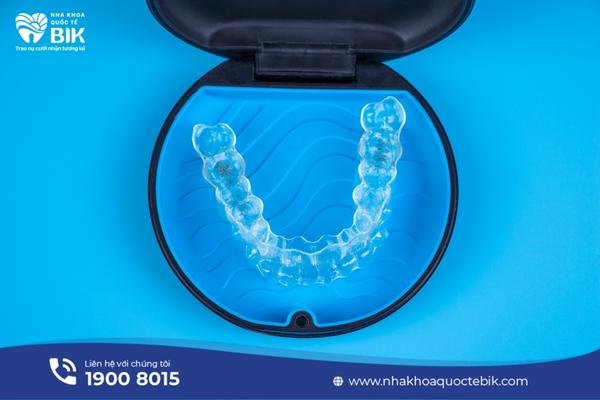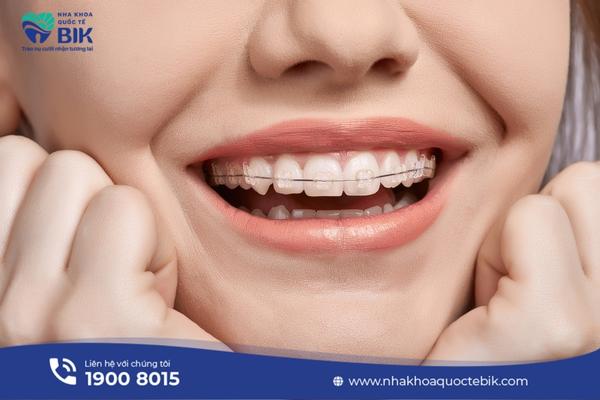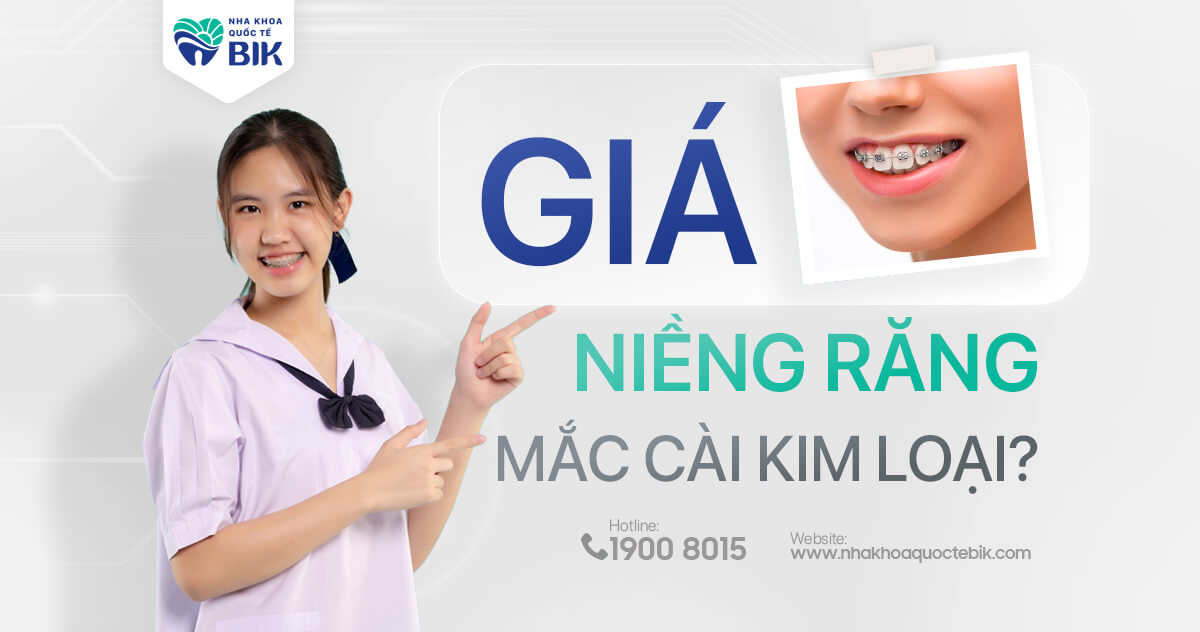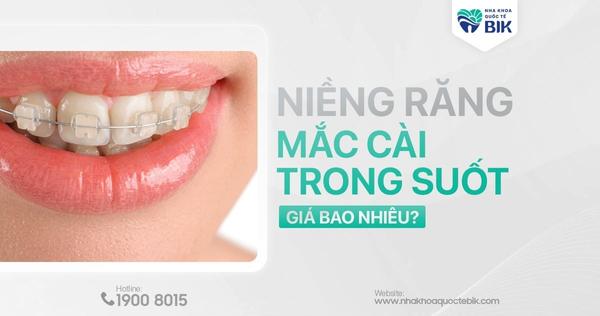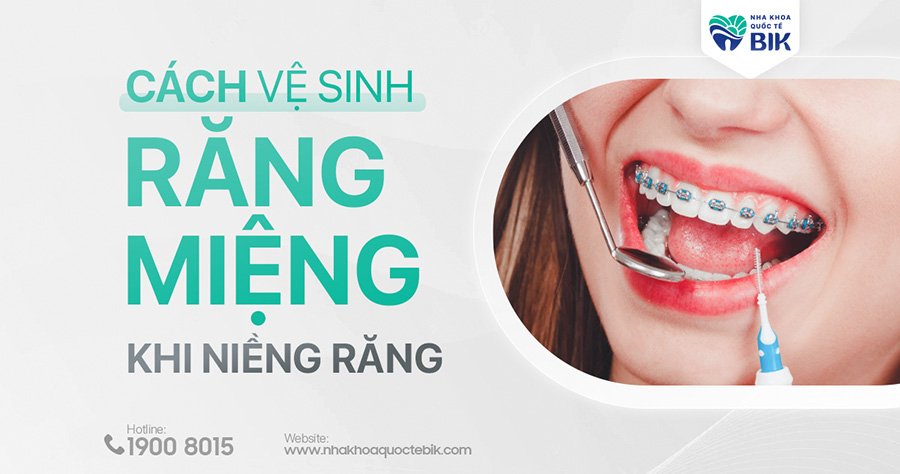What are the stages of braces? And what is the worst stage in the process of braces? This is a question that many people with dental problems often ask. This article will answer for you, so please read the information below to understand better.
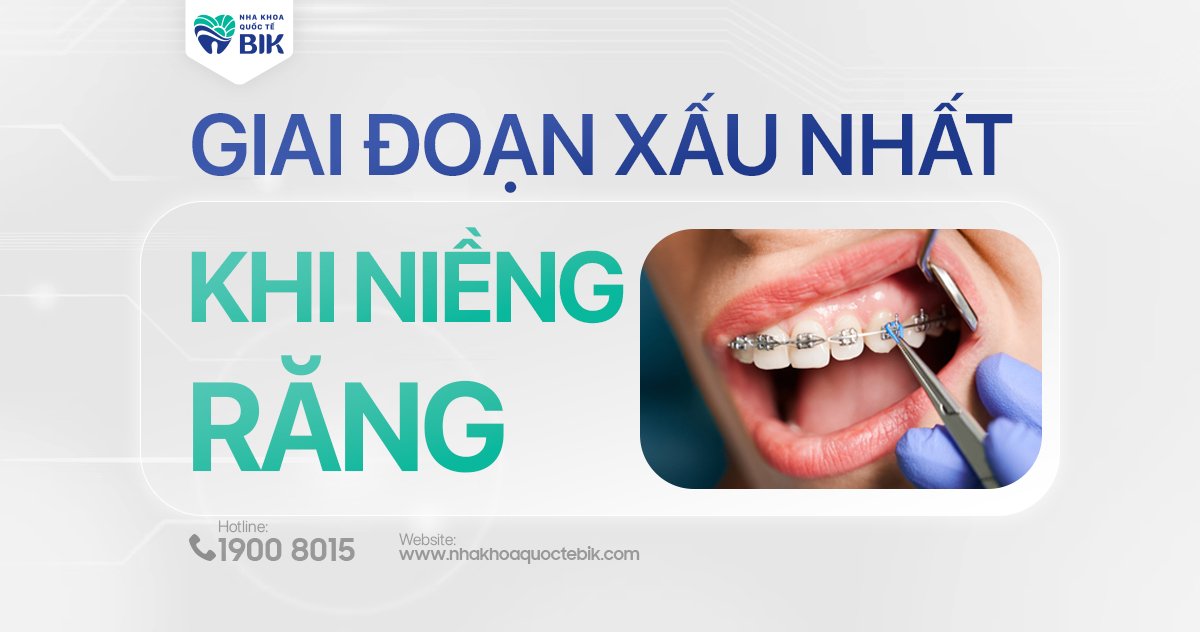
The stages of braces
Braces are one of the methods chosen by many people to correct the problem of buck teeth, underbite, spaced teeth, crooked teeth… so that they are in the correct position on the jaw. After braces, not only will you have beautiful teeth, but you will also increase your confidence and attract others with a bright smile.
To have beautiful teeth and a confident smile after removing braces, you need to go through the following stages of braces:..
Pre-orthodontic stage
Before starting braces treatment, the doctor will conduct a general examination to collect necessary information such as Panorama, Cephalometric, Conebeam CT, pre-treatment photos, and plaster jaw models. Based on this data, the doctor will build the most optimal treatment plan for you. You will be advised on treatment options, costs, and then choose the option that best suits your needs and financial capabilities.
The preparation process before braces should not be overlooked because it is the most important step in the braces treatment process. Choosing a quality and reliable dental clinic helps to limit errors from the beginning.
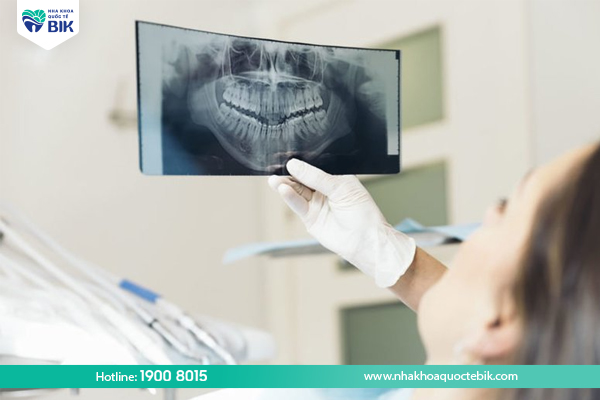
Brace wearing stage
After having a clear treatment plan and you have agreed, the doctor will proceed to attach the braces, this is the most important step. So how long will you have to wear braces? We will find out the answer from the perspective of tooth movement physiology.
Usually, the physiological process of tooth movement will go through 4 stages:…
Stage 1: Even and level the dental arch
This is the first stage in the comprehensive orthodontic process, usually lasting from 4 – 6 months depending on the misalignment of the teeth. During this stage, the teeth will be straightened using small, elastic archwires that gradually increase in size. You will notice that your teeth will quickly come into line, but you may also notice that your teeth are tilted forward; these issues will be resolved completely in the next stage. You can see the image below:
As you can see in the image, the lateral incisors have started to straighten and the dental arch is gradually rounded. You will notice a noticeable movement of your teeth, however if your teeth are too misaligned, the process of aligning the dental arch can cause your teeth to move forward, creating the appearance of an overbite. Don’t worry, you’ve entered phase 2.
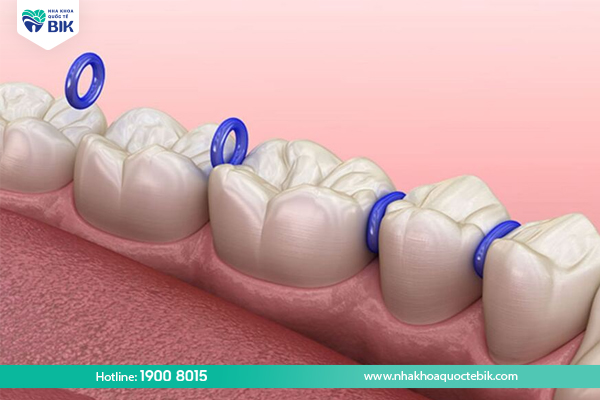
Phase 2: Correcting jaw relationship and treating gaps
The goal of phase 2 is to help your teeth become less protruding, less recessed, and fit together well. The time to complete phase 2 will depend on each specific case, but on average it can take about 12 months if tooth extraction is involved.
In phase 1, the dentist usually uses the main force from the arch wire to adjust the teeth. In phase 2, the arch wire will be replaced by a square, rigid wire that only acts as a slide to move the teeth. The teeth will be pulled back with support devices such as elastic bands, springs, miniscrews, space-closing loops, etc.
It is necessary to insert the screw into the tooth because the screw is like an anchor, keeping the tooth stable and moving in the right direction. This helps to simplify and optimize the tooth movement process.
In this phase, the dentist needs to carefully calculate the space between the teeth because every millimeter on the dental arch is important and needs to be carefully considered. Inserting a distal screw, grinding the teeth or even extracting teeth may be necessary, and this must be done carefully to avoid complications due to incorrect force application causing damage to the teeth.
When you complete phase 2, your teeth will be aligned, your overbite will have improved, and you will be ready for phase 3…
Phase 3: Final Refinement
Phase 3 lasts from 3 to 6 months and involves maintaining stable results after braces. The crooked teeth will be adjusted to stand in the correct position before entering the braces removal phase.
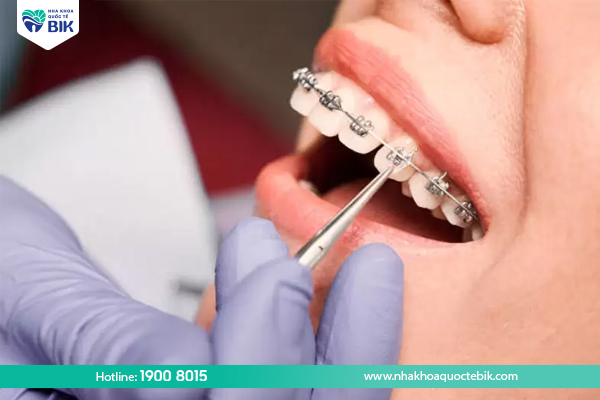
Phase 4: Removing braces and wearing retainers
Once the teeth are well-stable in the bone, the process of removing braces and wearing retainers will be performed. Retainers play an important role in maintaining the stability of teeth after treatment. There are many types of retainers such as lingual retainers, Hawley retainers or clear retainers. The dentist will choose the appropriate retainer for each specific case.
What is the worst stage when wearing braces?
The worst stage when wearing braces is in the first 3 months. During this time, your teeth are still uneven, protruding, crooked… and there are additional braces that push your teeth forward.
When you first start wearing braces, you will feel uncomfortable with the device in your mouth, causing a feeling of bulkiness, entanglement and difficulty when eating and drinking. If you do not ensure adequate nutrition during this stage, it can lead to weight loss, making your face more tired. This also affects your appearance, making you less attractive.
In cases of buck teeth, underbite, and severe misalignment, tooth extraction to create space for the teeth to move to the correct position is necessary during this stage. After tooth extraction, you will see a large gap, making it uncomfortable to smile or communicate during that time.
So how to overcome this difficult stage, let’s read the next part!
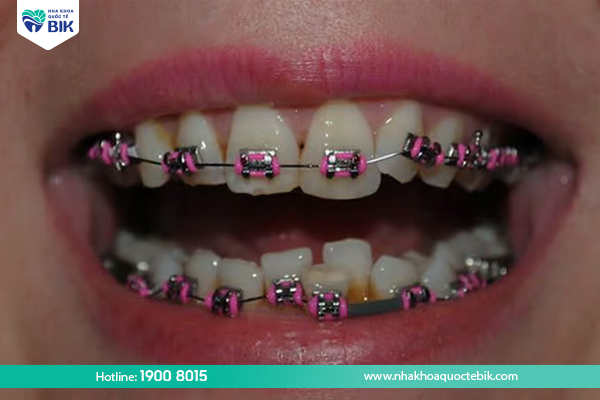
What to do to get through the worst phase of braces?
Here are some ways to help you get through the difficult phase of braces easily:
- In the early stages of braces, you may feel toothache, eat soft foods to reduce pain and make it easier to chew.
- Use dental wax to apply on the sharp edges of the braces, helping to reduce friction on the lips and gums, thereby reducing damage caused by braces.
- Build a proper oral care regimen, use tools such as water flossers, dental floss to clean teeth effectively, helping to avoid braces falling off and oral problems.
- Supplement enough nutrients in your daily diet to avoid weight loss and sunken cheeks when wearing braces.
- Choose a reputable dental clinic with a team of specialized doctors, always supporting and monitoring the treatment process your treatment. Support from a dedicated doctor will help motivate you to overcome the difficult period of braces.
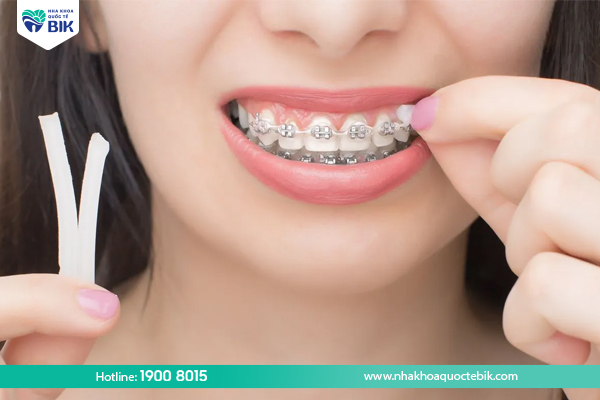
Solutions to increase aesthetics when wearing braces
To increase aesthetics when wearing braces, you can choose Invisalign braces. This is a braces method with many outstanding advantages in terms of aesthetics. With a transparent braces system, when worn on the teeth, it is almost unnoticeable, you can confidently smile, communicate, and take photos without worrying about the rows of brackets and wires appearing on your teeth.
Choosing Invisalign braces will help you feel comfortable and not affect your aesthetics during the braces process.
In addition, to increase the aesthetics of braces, you can also choose ceramic braces. Ceramic braces have a color similar to the color of real teeth, making braces difficult to detect when smiling and communicating with others. This is a suitable choice for people whose jobs involve communication or celebrities.
So, you have clearly understood the worst stage of braces and some effective solutions to help you feel more confident during the braces process. Don’t forget to choose a reputable dental facility with a team of highly specialized doctors. If you have any questions, please contact the hotline 19008015 for support from expert doctors.

